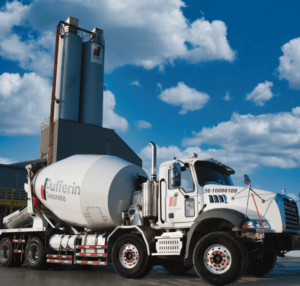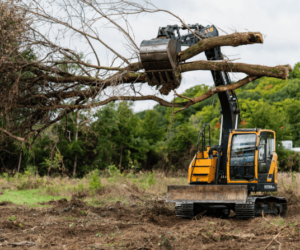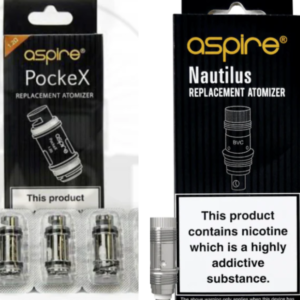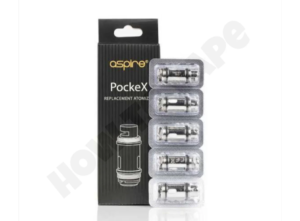What Is the Best Central Heating System for My Home?
Modern homeowners are increasingly prioritizing efficient, eco-friendly, and cost-effective ways to heat their homes. Choosing the best central heating system is critical for maintaining comfort during colder months while managing energy consumption and costs. In this article, we’ll explore the key types of central heating systems, their pros and cons, and essential factors to consider when selecting the right option for your home.
What Is a Central Heating System?
A central heating system distributes heat from a single source, such as a furnace or boiler, throughout the home using ducts, pipes, or radiators. Unlike standalone heaters, these systems are designed to maintain consistent warmth in multiple rooms, ensuring optimal comfort and energy efficiency.
Common types of central heating systems include:
1. Furnaces
2. Boilers
3. Heat pumps
4. Hybrid systems
Each type has unique advantages, making it important to choose one that aligns with your specific needs and local climate conditions.
Types of Central Heating Systems
- Furnaces
Furnaces are one of the most common central heating systems in homes today. They heat air and distribute it via ducts and vents.
Pros:
Cost-effective installation
Works well in various climates
Quick to heat the entire home
Cons:
Requires regular maintenance, such as filter changes
Can cause uneven heating in poorly designed duct systems
Best For Homeowners in colder climates who prefer a fast, reliable heating system.
- Boilers
Boilers heat water to produce steam or hot water, which is distributed through radiators or underfloor heating.
Pros:
Provides consistent, radiant heat
Energy-efficient, especially in colder climates
Quieter operation compared to furnaces
Cons:
Higher initial installation costs
Slower to heat compared to forced-air systems
Best For: Homes in colder regions seeking a quieter, more energy-efficient option.
- Heat Pumps
Heat pumps work by transferring heat rather than generating it, making them an energy-efficient choice.
Pros:
Dual functionality: Can heat and cool
Environmentally friendly
Lower operating costs
Cons:
May struggle in extreme cold unless paired with auxiliary heat
Higher upfront investment
Best For: Mild climates where both heating and cooling are needed year-round.
- Hybrid Systems
Hybrid systems combine a heat pump with a furnace or boiler, switching between the two based on efficiency.
Pros:
Highly energy-efficient
Reduces reliance on fossil fuels
Adaptable to changing weather conditions
Cons:
High initial installation costs
Requires advanced thermostat systems
Best For: Homeowners looking for a sustainable and cost-effective heating solution.
Factors to Consider When Choosing a Central Heating System
Selecting the right central heating system depends on several factors. Here are some essential considerations:
- Climate
Cold climates benefit from boilers or hybrid systems.
Mild climates are ideal for heat pumps.
- Energy Efficiency
Look for systems with a high Annual Fuel Utilization Efficiency (AFUE) rating or ENERGY STAR certification.
Efficient systems reduce energy bills and carbon footprints.
- Budget
While furnaces are cheaper to install, hybrid and heat pump systems can save money in the long term due to lower operating costs.
Factor in maintenance and potential repair expenses.
- Home Size and Layout
Larger homes may require more powerful systems or multiple heating zones.
Ductless systems, such as mini-split heat pumps, work well in homes without ductwork.
- Compatibility with Existing Infrastructure
If your home already has radiators or ducts, it may influence whether you choose a boiler or furnace.
Retrofitting can add to costs.
Top Features to Look for in a Central Heating System
Modern central heating systems come with advanced features to improve convenience and efficiency. Look for:
Smart Thermostats: Enables remote control and precise temperature management.
Zoned Heating: Allows different parts of your home to be heated independently.
Quiet Operation: Essential for creating a peaceful indoor environment.
Eco-Friendly Options: Systems that support renewable energy sources like solar or geothermal power.
Maintaining Your Central Heating System
Regular maintenance is vital to keep your heating system running efficiently.
Annual Inspections: Have a professional check the system for potential issues.
Filter Replacements: Clean or replace air filters every 1-3 months for furnaces and heat pumps.
Flushing Boilers: Remove sediment build-up to maintain performance.
Duct Cleaning: Ensure unobstructed airflow in duct-based systems.
Proper maintenance extends the lifespan of your system and ensures consistent performance throughout its use.
Why Upgrade Your Central Heating System?
If your current system is outdated, consider upgrading to a modern central heating system for:
1. Improved energy efficiency and lower utility bills
2. Enhanced home comfort
3. Better compliance with environmental standards
4. Upgrades may also increase your property’s value, making it a worthwhile investment.
Conclusion
Choosing the best central heating system for your home requires careful consideration of your climate, budget, and energy efficiency needs. Whether you opt for a furnace, boiler, heat pump, or hybrid system, the right solution will ensure optimal comfort and energy savings.
Investing in the latest technology and maintaining your system regularly will keep your home warm and inviting while reducing environmental impact. Make an informed choice and enjoy the benefits of a cozy, efficient living space year-round.











Post Comment